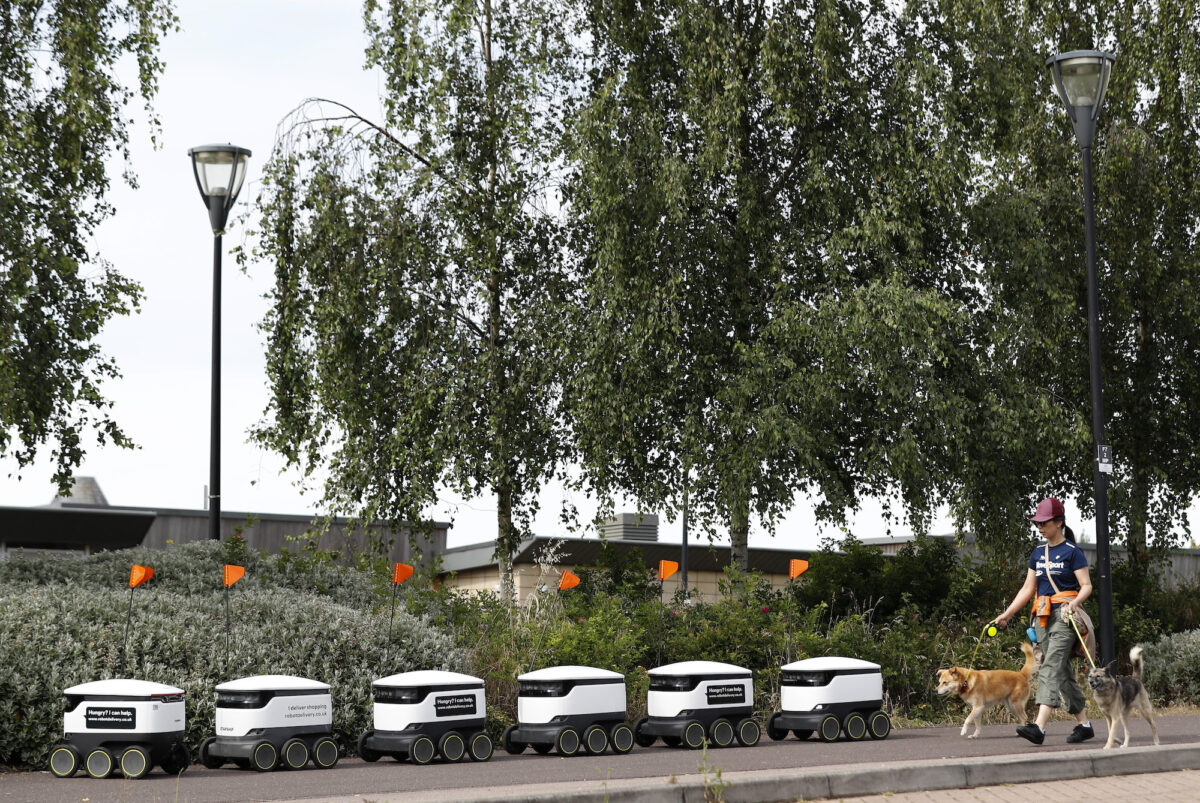Author tells Transport Committee problems of driverless cars may be ‘insuperable’
A committee of MPs has been told the government needs to speed up the production of legislation to govern the use of autonomous vehicles, but the biggest challenge is persuading the general public driverless cars and buses are safe to use.
Siddartha Khastgir, head of verification and validation of connected and autonomous vehicles at the Warwick Manufacturing Group, told Parliament’s Transport Committee, “Right now as as a country … we haven’t been able to come up with a definition of what is the minimum level of safety required.”
“The government has come up with this concept of the minimum threshold being a careful and competent human driver … but we do not know how to translate that abstract concept into something that is engineering-implementable,” added Khastgir.
He said: “That’s the biggest challenge right now we have. So whatever we come up with in terms of ‘we say this is safe,’ it would be unsafe if we don’t define this threshold correctly.”
Ed Houghton, head of research and service design at DG Cities, said they had experimented with driverless vehicles in Greenwich, London, and asked people how much safer they needed the vehicles to be for them to feel safe.
“The best response we had was that it needs to be Lewis Hamilton for me to sit in that vehicle. So it needs to be an F1 driver-quality, to be able to deal with whatever happens on the road. And that’s the level of expectation that we see consumers have. They say it cannot be just as good as what they currently experience, it has to be the best that they could ever experience for them to be able to trust it,” Houghton added.
Simon Morgan, chair of the traffic signs panel at the Institute of Highway Engineers, said, “There is evidence that whenever people are not in control themselves, they expect a greater level of safety.”
He said: “So there’s not as much out outcry as there ought to be about the carnage on the roads, but you get a rail accident or an air accident, or even a coach accident on the roads and it’s suddenly a massive, massive outcry. Notwithstanding the fact that those modes of travel, rail and air particularly, are hundreds of times safer per kilometre travelled.”
Autonomous Delivery Robots Operating in Grey Area
Lisa Johnson, UK director of public affairs at Starship Technologies, a company that provides autonomous robots which deliver groceries, said the robots, which travel at three or four miles per hour and are operated by an app, had become more than just a “novelty.”
But Johnson said they operated in a “grey area” when it comes to legislation.
“It’s a big frustration for us because we’ve been operating since 2018,” she added.

The committee heard that the government had set out, in a white paper in August 2022 (pdf), a vision that “by 2025, the UK will begin to see deployments of self-driving vehicles.”
But Johnson said, “The frustration is even 2025 feels like it’s not happening at the moment.”
“So the intention and the dialogue that we’re having with government is fantastic. And everything that government is saying about where they want us to be is absolutely where we want it to be. All we are desperate for is for the follow-up legislation to back it up,” said Johnson.
The committee also heard from Peter Stephens, policy and external affairs director with bus operator Stagecoach, which is running several driverless bus pilots, including one allowing buses to be refuelled, washed, and parked up at night within a depot.
Stephens said they were also planning for a world of driverless buses but said a worker, described as a “bus captain,” would still be on board but would do tasks other than driving, such as helping people on and off the bus.
But Christian Wolmar, a transport journalist and author of “Driverless Cars: On a Road to Nowhere,” said he believed the technological issues for driverless vehicles might be “insuperable.”
He said humans were able to see a “vast array of detail” while a computer will see a car as a blue box and a human being as a pink cylinder.
Wolmar insisted he was “not a Luddite,” but he said of driverless vehicles, “On this one the technologists bit off more than they could chew.”
‘Humans Are Actually Pretty Good’ at Driving
He said he believed it was almost impossible to get computers to “replicate driving because humans are actually pretty good at it.”
Wolmar said, “It’s important to remember that this started off as a nirvana, as a dream, by various technical people in America … as completely replacing the way that cars operate.”
He said: “They presented this picture as a completely different world, your grandparents would be able to be taken to hospital in a driverless car, your kids would be able to be taken there and then you’d be able to go into the office and you’d send the driverless car home and so on, and it would be an entirely driverless car world. And that isn’t now going to happen. They’ve admitted that isn’t going to happen.”
Wolmar said the government was spending £250 million on encouraging driverless vehicles when “it doesn’t really solve any particular problem.”
Wolmar said there had been many technical innovations such as maglev trains and Elon Musk’s Hyperloop railway floated over the years but he said: “If you remember, we were going to be able to get to Australia in an hour and a half in rockets. And so a lot of the technological promises of transport have not materialised, we are essentially moving in much the same way as we did in 1920.”








